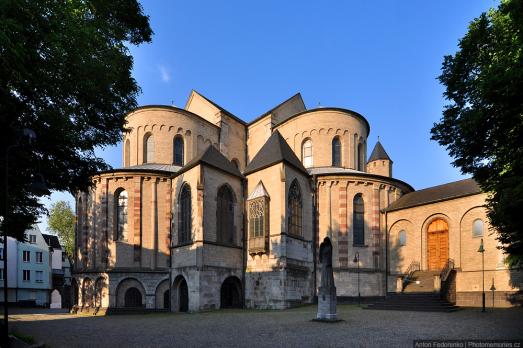
St. Maria im Kapitol
Cologne, DE
St. Mary of the Capitol is one of twelve Romanesque basilicas in the old town of Cologne. Built between 1040 and 1065 on an ancient Roman temple, it is the largest Romanesque church in the city.
Here you can search for a building to visit. You can use the map find destinations, or you can use the filters to search for a building based upon what different criteria.

Cologne, DE
St. Mary of the Capitol is one of twelve Romanesque basilicas in the old town of Cologne. Built between 1040 and 1065 on an ancient Roman temple, it is the largest Romanesque church in the city.
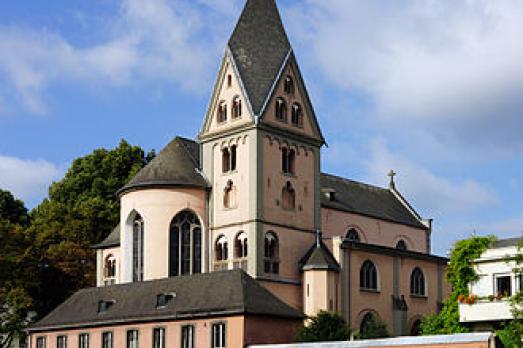
Cologne, DE
St. Maria in Lyskirchen is the smallest of the twelve great Romanesque basilicas in the old town of Cologne. Built between 1198 and 1225, its architecture is inspired by that of Saint-Kunibert (in the same city).
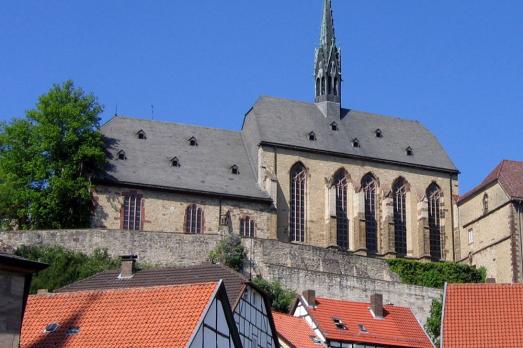
Warburg, DE
The Protestant church of St. Maria in vinea, in early Gothic style, was the parish church of the old town of Warburg until 1283. The bishop of Paderborn, Otto von Rietberg, then ordered that the church be handed over to the Dominican order. St. Mary in Vinea remained the church of the Dominican monastery until its secularisation in 1803. Since 1824 it has been the church of the Protestant community. Next to the church is the Marianum Gymnasium in the former Dominican monastery.
Bad Langensalza, DE
The outstanding figure of the foundation of the congregation is the lay Apostle Anton Jungmann (*1777 in Prague, + 1860 in Langensalza), who came to Langensalza in 1821 and collected the Catholics. In addition to prayer hours and pilgrimages that he organized, he was intensively committed to founding the congregation. It is an example of the community growing from below, out of faith.
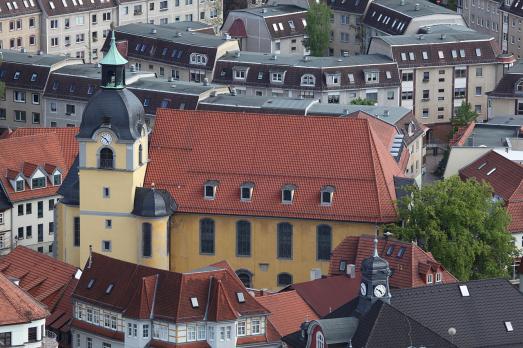
Suhl, DE
The Evangelical Lutheran Church of St. Mary was built between 1487 and 1491, making it the oldest place of worship in the city. The Henneberg rulers introduced the Reformation in 1544. In April 1590, the church burned down in the first major fire in Suhl. The new building was destroyed by a town fire in 1634 during the Thirty Years' War. Between 1647 and 1650, the church was rebuilt and consecrated on 8 October 1654. The next town fire took place on 1 May 1753. The present church was built after 1757 in the late Baroque style by the master mason Johann Philip Kober according to the plans of the scribe Ludwig August Hoffmann. The tower was completed in 1769 and the church received a bell in 1770.
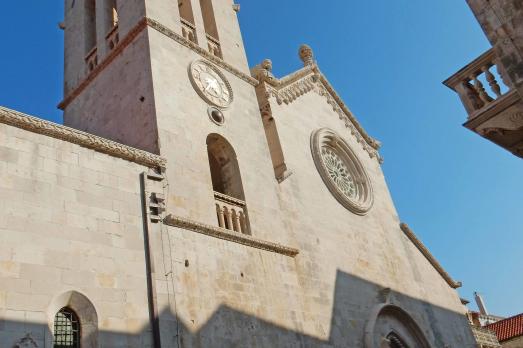
Korčula, HR
St. Mark's Cathedral is the former cathedral of a diocese that was abolished in 1828. The cathedral was built in 1407 and a chapel was added along the north nave in 1525, giving the impression of a fourth nave with its columns and arches. Subsequent interventions, mainly in the late Baroque style, modified the original appearance of the cathedral, in the Gothic-Renaissance style.
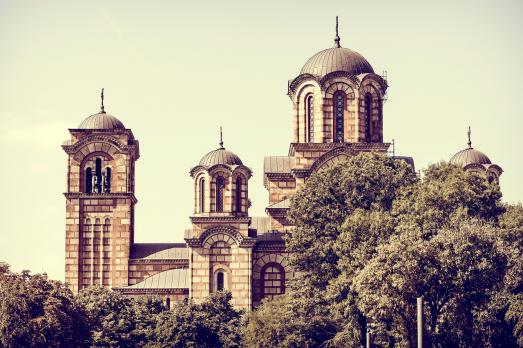
Belgrade, RS
The Church of St. Mark of Tasmajdan was built between 1931 and 1940, in the immediate vicinity of an old church from 1835. It was designed in the spirit of the architecture of the serbo-Byzantine style, inspired by the church from the Gracanica monastery. It was the largest orthodox church in pre-war Yugoslavia.
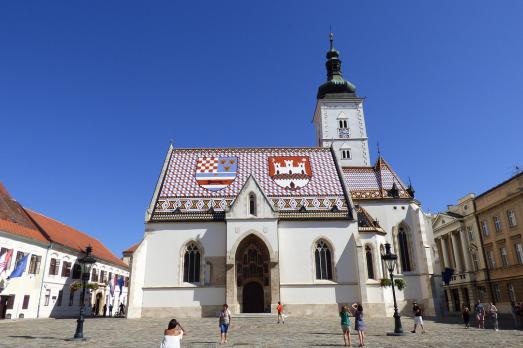
Zagreb, HR
St. Mark's Church, whose current building dates from the 14th century, is one of the oldest buildings in the city of Zagreb. The church is classified cultural property of the Republic of Croatia.
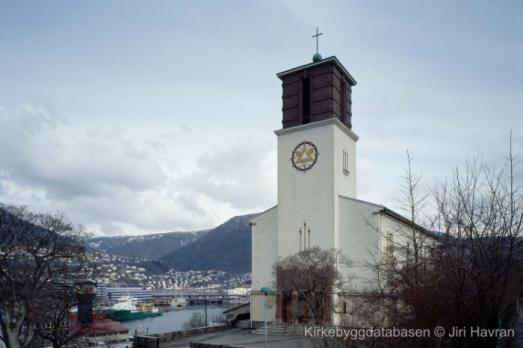
Bergen, NO
St. Markus Church in Bergen was completed in 1939. The architects of this brick church are Brøndmo and Losnedahl.

Rodaki, PL
St. Mark’s Filial (previously Parish) Church in Rodaki was built in 1601.

new
Nestled amidst the serene landscapes of the Harz region, lies a hidden gem for nature enthusiasts and history buffs alike - the Harz Monastery Hiking Trail. Lace up your hiking boots and embark on this captivating adventure that will transport you back in time.

The Holy Mile (Miglio Sacro) of Naples is a one-mile-long itinerary, through sacred places linked to the city's patron saint, San Gennaro, in the Rione Sanità district. Discover the city from a new perspective with this unique walking tour.

As a university city, cultural offerings abound in Tartu and will reach their peak after being designated one of three European Capitals of Culture for 2024. In this list, we've compiled the most interesting sacred places to visit in and around the old town.